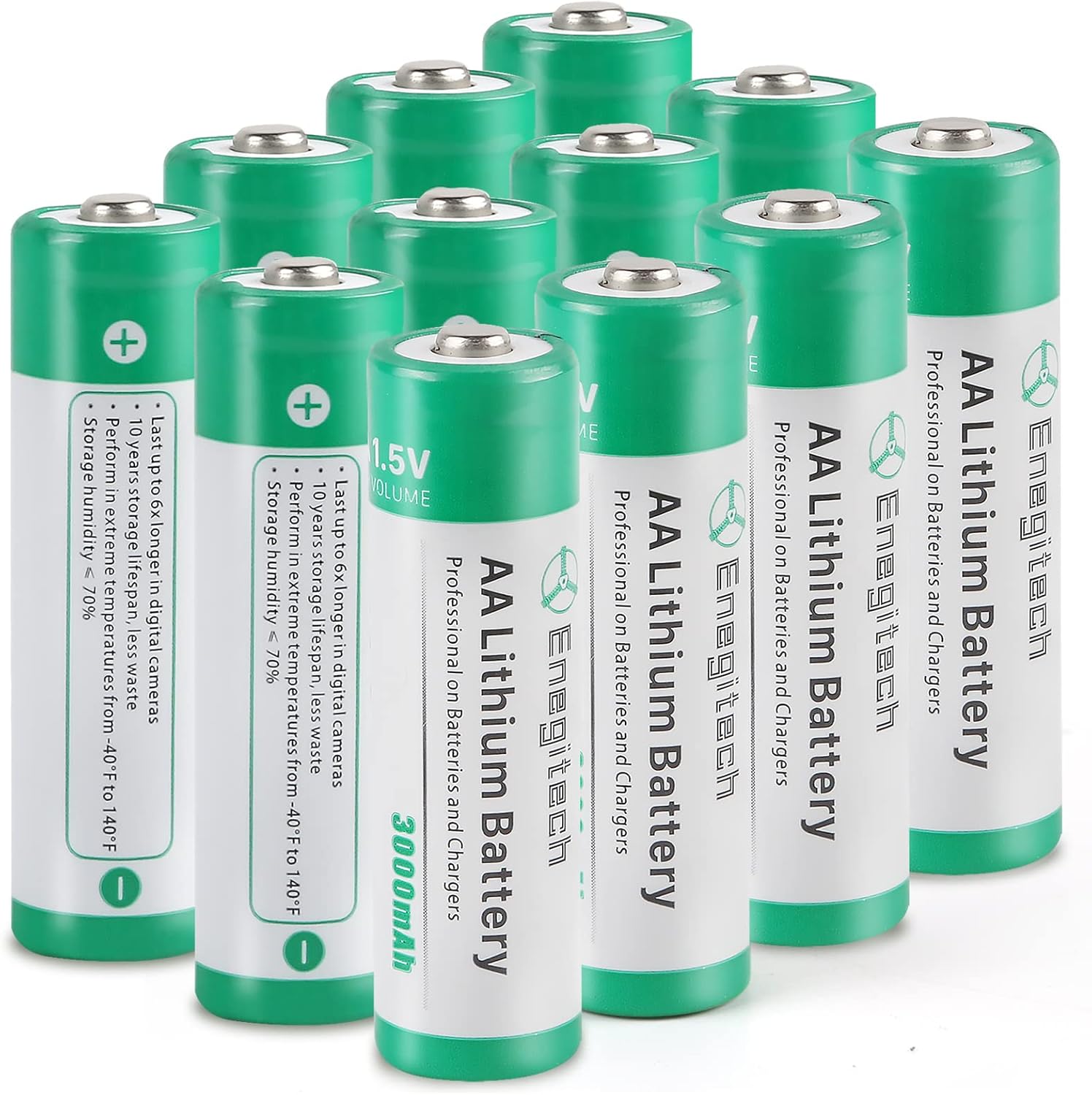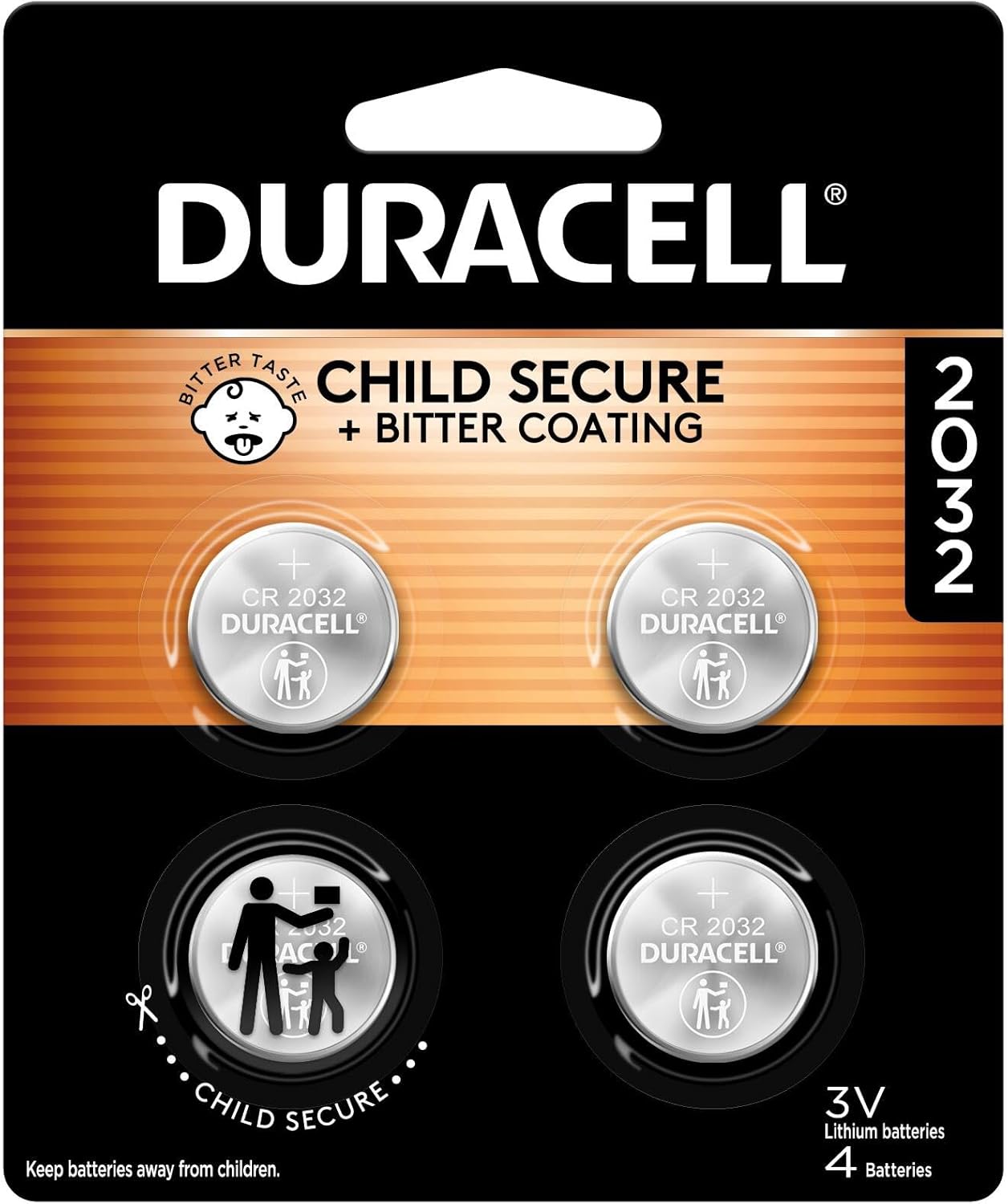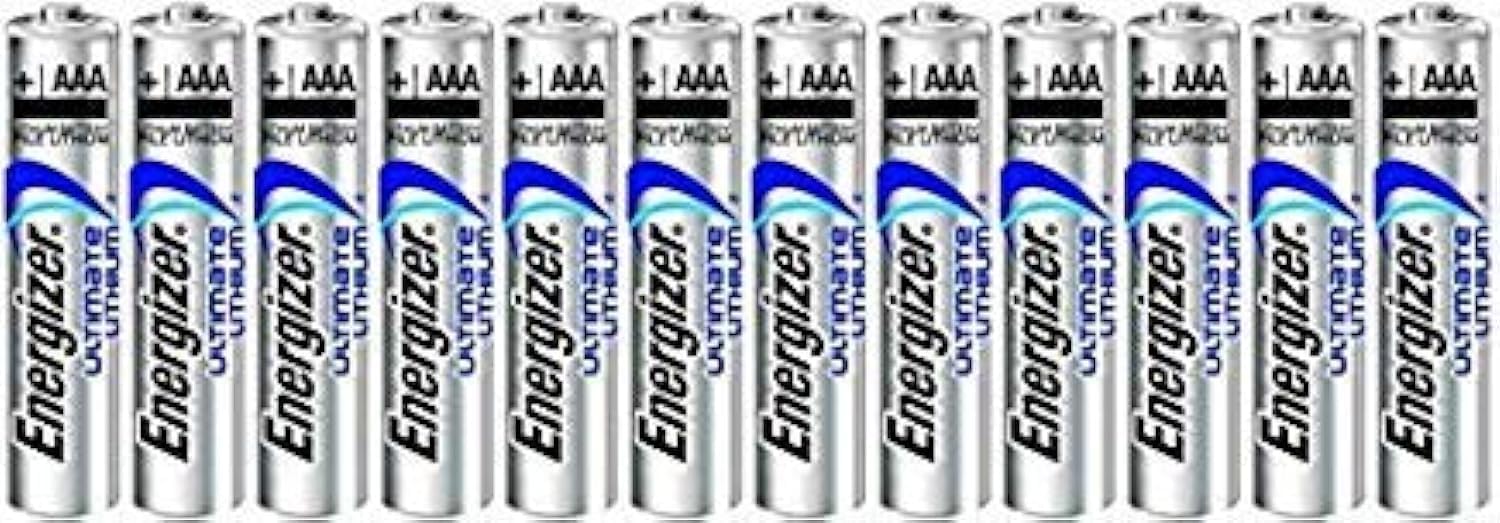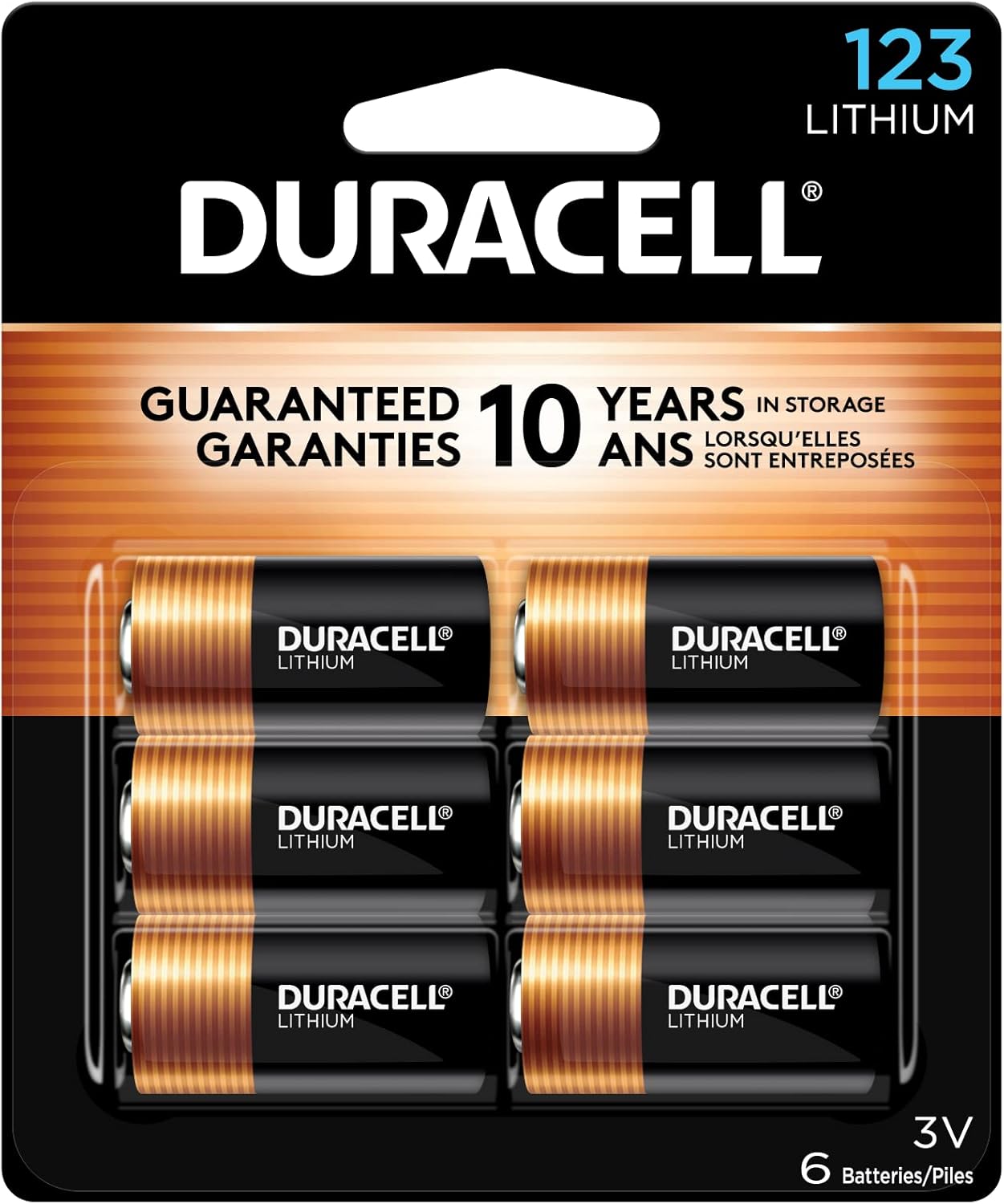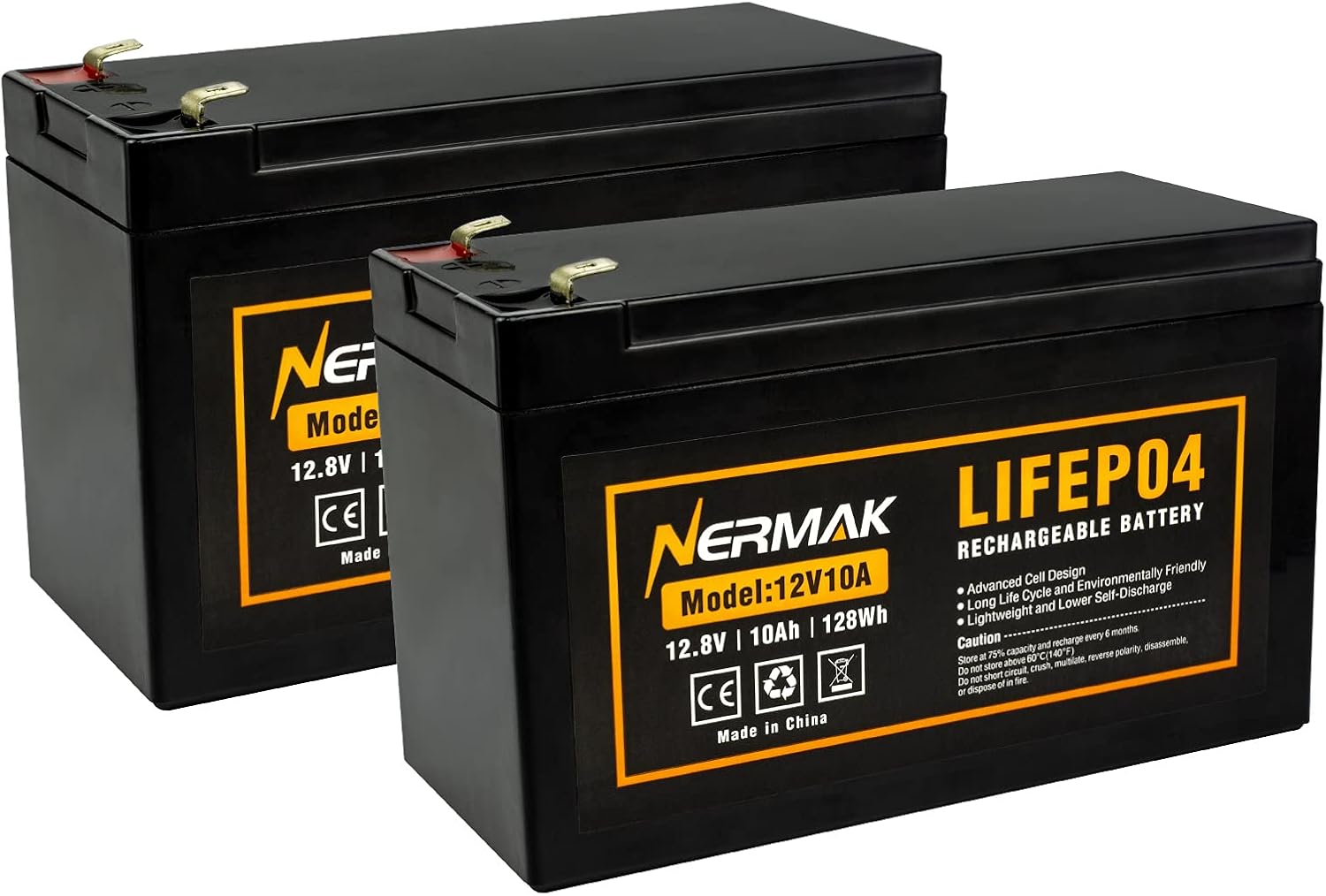Here’s an overview of the Best Lithium Batteries that we’ll explore today:
Lithium batteries have become the standard for high-drain and precision devices due to their superior energy density, voltage stability, and wide operating temperature ranges. For consumers, choosing the right lithium option—whether AA chemistries for cameras and flashlights, coin cells for wearables, or high-drain LiFePO4 packs for solar and power applications—can dramatically affect device longevity, performance consistency, and overall cost of ownership. This comparison surveys five products across four brand leaders and two chemistries, emphasizing real-world use cases, operating environments, and maintainability. Our testing framework weighs: voltage stability across discharge, capacity claims versus real-world performance, operating temperature tolerance, storage stability, compatibility with devices, and practical pros/cons for typical consumer scenarios.
1. Enegitech AA Lithium Battery
- Brand: Enegitech
- Manufacturer: Enegitech
Overview: Enegitech’s AA lithium offering targets high-drain devices like Blink Outdoor cameras, smart locks, trail cameras, and flashlights. Each cell is a 1.5V lithium metal design with a stated capacity of 3000 mAh, packaged as a 12-pack. The claim that these cells last 8–10 cycles longer than alkaline equivalents hinges on the higher energy density and steadier voltage plateau characteristic of lithium chemistry, especially under intermittent load. The 1.5V nominal voltage design aligns with devices calibrated for alkaline AAs, reducing voltage sag concerns during peak draw or cold-weather operation.
Performance-wise, the Enegitech cells are positioned for extended field use and outdoor reliability. The -40°C to +60°C operating envelope is a clear advantage for wildlife cameras and expedition gear. However, real-world capacity under continuous high-drain loads may approach the lower end of 3000 mAh, and users should consider the weight savings versus alkaline baselines (lithium is lighter but slightly more expensive per unit of stored energy). The non-rechargeable nature means long-term cost will hinge on replacement frequency, but the 12-pack simplifies stocking for multi-device ecosystems.
Pros
- High energy density (3000 mAh per cell) for long operation between replacements
- Stable voltage until near end of life, reducing performance drop
- Wide operating temperature range (-40°C to +60°C) suitable for outdoor use
- Lightweight compared to alkaline counterparts
- Includes 12-pack to support multiple devices
Cons
- Non-rechargeable, so total cost of ownership is driven by replacement rate
- Capacity claims are nominal and may vary with device current profiles
- No explicit protection against leakage or over-discharge beyond basic chemistry
2. Duracell 2032 Lithium Battery. 4 Count Pack. Child Safety Features. Compatible with Apple AirTag
- Brand: DURACELL
- Manufacturer: DURACELL
Overview: Duracell’s CR2032 lithium coin cells are designed for small, high-demand devices such as Apple AirTag, key fobs, thermometers, and other wearables. The pack includes a bitter-taste coating on both sides to help discourage ingestion and a child-secure packaging scheme. The 3V CR2032 format is ubiquitous in consumer electronics, with an estimated capacity around 1500 mAh in practical use. Duracell emphasizes 10-year storage stability, a hallmark of their long-term readiness strategy.
In practice, the CR2032 provides reliable, low-drain power delivery with excellent shelf life. Use cases like AirTag tracking or TV remotes benefit from low self-discharge and dependable cold-weather performance. The packaging design can be a mixed bag: the bitter coating is beneficial for safety but can complicate handling during emergency replacements if gloves or moisture is involved. Overall, these coins are ideal for devices requiring a compact, consistent 3V supply and are especially attractive for households aiming to standardize with a single chemistry for small devices.
Pros
- Widely compatible 3V coin cell with strong brand reliability
- 10-year storage guarantee provides long-term readiness
- Bitter coating on both sides improves safety in households with children
- Strong shelf-life performance and low self-discharge
- Duracell brand presence aids compatibility with existing devices
Cons
- Not suitable for high-drain devices requiring more current
- Coating may complicate recycling or disposal in some jurisdictions
- Limited to CR2032 size; non-expandable for other coin sizes
3. Energizer Ultimate Lithium AAA L92 Size Batteries – 12 Count (Pack of 1) -“Bulk Packaging”
- Brand: Energizer
- Manufacturer: Energizer
Overview: Energizer’s Ultimate Lithium AAA batteries target devices with high-drain or temperature-extreme requirements, such as digital cameras, flash units, and advanced remote sensors. The L92 chemistry claims up to 9x longer life in digital cameras versus Energizer MAX, with a 15-year shelf life and an ability to function from -40°F to 140°F. The 12-count bulk packaging is designed for households with multiple AAA-powered devices.
In use, Ultimate Lithium AAA cells deliver stable voltage across a diverse workload spectrum, contributing to longer capture windows in cameras and more reliable remote functionality in cold or hot environments. Their reduced weight (about one-third lighter than alkaline) also improves ergonomics for hand-held devices. However, real-world gains depend on device power profiles; some devices may show less pronounced improvements if the current draw is extremely intermittent or if the device has aggressive low-power sleep states.
Pros
- Up to 9x longer life in digital cameras compared to alkaline alternatives
- Significantly lighter than standard alkalines (1/3 lighter)
- Broad operating temperature range from -40°F to 140°F
- Excellent shelf life (15 years) when not in use
- Bulk packaging reduces frequent reordering for multi-device households
Cons
- Higher unit cost than standard alkalines
- Performance gains are device-dependent; some devices may see modest improvements
- Not rechargeable; ongoing cost for high-usage devices
4. Duracell CR123A 3V Lithium Battery
- Brand: DURACELL
- Manufacturer: DURACELL
Overview: Duracell’s CR123A packs are a higher-drain, 3V lithium option aimed at security devices, high-performance flashlights, and home automation sensors. The CR123A format supports heavy current draw and robust energy density, with Duracell promising a 10-year storage life. The product claims broad compatibility with a range of 3V devices and positions the battery as a core component for reliable security and safety setups.
Performance-wise, CR123A cells deliver strong peak currents suitable for camera strobes or motion-activated devices, while maintaining stable voltage under load. The compact size and 1500 mAh (typical) capacity enable lengthy active periods between replacements in power-sensitive devices. In practice, users should consider device compatibility—some gadgets may require specific voltage tolerances or have proprietary battery housing features. The 6-pack aligns with setups where multiple sensors or flash units are deployed across a property.
Pros
- Good high-drain performance for security devices and flash units
- 10-year storage guarantee provides readiness for emergencies
- Compact form factor with broad device compatibility
- Duracell reliability and robust leakage resistance
- Includes 6 batteries, suitable for multi-device deployments
Cons
- Not rechargeable; replacement cycle depends on usage
- Higher upfront cost per unit compared to standard alkalines
- Capacity values can vary with temperature and discharge rate
5. 2 Pack 12V 10Ah Lithium Ion LiFePO4 Deep Cycle Battery
- Brand: NERMAK
- Manufacturer: NERMAK
Overview: NERMAK offers a pair of LiFePO4 (lithium iron phosphate) deep-cycle batteries rated at 12V and 10Ah each, built for solar/wind microgrids, RVs, lighting, and other off-grid or backup power applications. With a built-in BMS, these cells provide overcharge, over-discharge, over-current, and short-circuit protection, and promise 2000+ cycles with low self-discharge. The two-cell configuration and 4-battery modular expandability allow series/parallel configurations up to four units, enabling scalable energy storage for small systems.
In practice, LiFePO4 chemistry offers strong cycle life and thermal stability, making these batteries well-suited for unattended installations and backup power. The 5.94 x 2.56 x 3.91 inch form factor makes them relatively compact for the energy capacity, though weight (~2.64 lb per battery) adds consideration for mounting and enclosure sizing. The included caution about LiFePO4-specific chargers highlights the need for compatible charging equipment and a basic understanding of series/parallel safety and monitoring for sustained performance.
Pros
- High cycle life: 2000+ cycles with minimal capacity fade
- Integrated BMS for protection against common failure modes
- Scalable, via series/parallel configurations up to 4 units
- Stable thermal profile and good safety characteristics
- Rechargeable with multiple device compatibility in off-grid setups
Cons
- Requires LiFePO4-specific chargers and proper wiring
- Lower energy density per liter than some LFP packs at the same voltage
- Heavier than single-use alkaline options, increasing installation considerations
Frequently Asked Questions
We’ve compiled answers to the most common questions about lithium batteriess to help you make an informed decision.
Conclusion
Final thoughts: The best pick depends on application. For bite-sized, everyday devices, Duracell CR2032 is the safest default for reliability and shelf-life.
For high-drain, outdoor cameras, the Enegitech AA lithium provides long service life with temperature resilience, though it’s non-rechargeable. Energizer Ultimate Lithium AAA strikes a balance of endurance and weight for portable devices.
For security-focused, high-drain needs, Duracell CR123A offers robust performance with credible storage claims. If you’re planning serious energy storage or backup power, the NERMAK LiFePO4 2-pack is the most future-proof due to rechargeability and high cycle-life, provided you’re prepared to manage a LiFePO4 charging setup..
